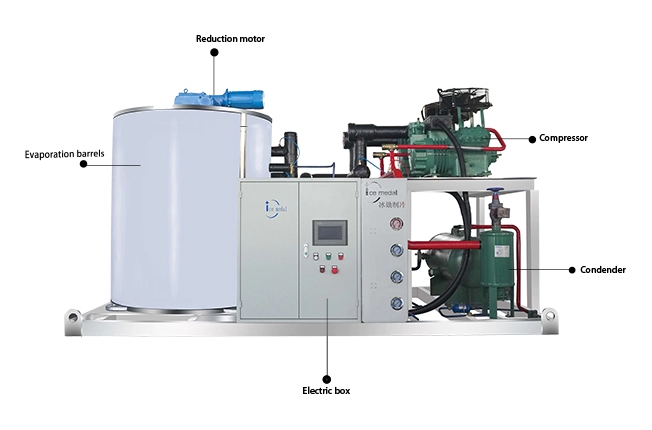condensing units
Understanding Condensing Units Essential Components in HVAC Systems
In heating, ventilation, and air conditioning (HVAC) systems, condensing units play a crucial role. These components are vital for the efficient cooling and dehumidification of indoor spaces, particularly in residential and commercial applications. Understanding how condensing units operate and their significance can provide insights into maintaining a comfortable and energy-efficient environment.
A condensing unit is essentially a heat exchange system that facilitates the removal of heat from a refrigerant. It primarily comprises a compressor, a condenser coil, a fan, and various controls. The basic function of the condensing unit is to convert vapor refrigerant into a liquid state by expelling heat. This process begins when the compressor draws low-pressure refrigerant gas from the evaporator coil inside the building. As the gas passes through the compressor, it is compressed to a higher pressure and temperature, transforming it into a high-energy vapor.
Once the refrigerant exits the compressor, it enters the condenser coil located outside the building. Here, the high-pressure vapor releases its heat to the surrounding air, assisted by the fan that circulates air over the coil. As the refrigerant cools, it undergoes a phase change and condenses into a liquid state. This liquid refrigerant then travels back to the evaporator coil inside the building, where it evaporates, absorbing heat from the indoor air and providing cooling.
The efficiency of a condensing unit is vital for the overall performance of an HVAC system. Modern condensing units are designed with energy efficiency in mind, often featuring variable-speed compressors and advanced control systems that optimize operation based on changing temperature conditions. These advancements can lead to significant energy savings and reduce the overall carbon footprint of HVAC systems.
condensing units

Regular maintenance of condensing units is essential to ensure their optimal performance. Common maintenance tasks include cleaning the condenser coils, checking refrigerant levels, and ensuring that the fan operates correctly. Neglecting maintenance can lead to reduced efficiency, higher energy costs, and potential breakdowns. Homeowners and facility managers should schedule regular inspections with qualified HVAC technicians to address any issues before they escalate.
Additionally, the location of the condensing unit plays a significant role in its effectiveness. It should be placed in a well-ventilated area away from debris, direct sunlight, and excessive heat sources, as these factors can hinder its performance. Providing adequate clearance around the unit is also crucial for proper airflow and efficient operation.
As environmental concerns continue to grow, the refrigeration industry is moving towards more eco-friendly refrigerants and energy-efficient technologies. Many modern condensing units utilize refrigerants with lower global warming potential (GWP), aligning with global efforts to combat climate change.
In conclusion, condensing units are indispensable components of HVAC systems, facilitating efficient heat transfer and ensuring comfortable indoor climates. Understanding their operation and maintenance can help maximize performance and energy efficiency, ultimately leading to a more sustainable future. Whether for a home or commercial space, investing in a high-quality condensing unit and ensuring its proper upkeep can significantly enhance comfort and reduce energy expenditure.
















































































































